UPSC Exam > UPSC Notes > History for UPSC CSE > Mnemonics: Buddhism and Jainism
Mnemonics: Buddhism and Jainism | History for UPSC CSE PDF Download
| Table of contents |

|
| 1. Eight-Fold Path of Buddhism |

|
| 2. Four Noble Truths |

|
| 3. Sects of Buddhism |

|
| 4. Canonical Texts |

|
| 4. Non- Canonical Texts |

|
This document will help you remember important information about Buddhism and Jainism in a fun and easy way. Inside, you'll find mnemonics—memory tricks—that will make it easier for you to recall key concepts, beliefs, and historical facts related to both religions.
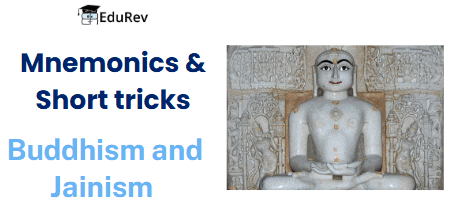
These mnemonics will serve as valuable memory tools. Use them alongside your regular study routine to boost your knowledge and improve your recall.
1. Eight-Fold Path of Buddhism
Mnemonic: Very Tasty Snacks Are Loved, Especially Masala Chai.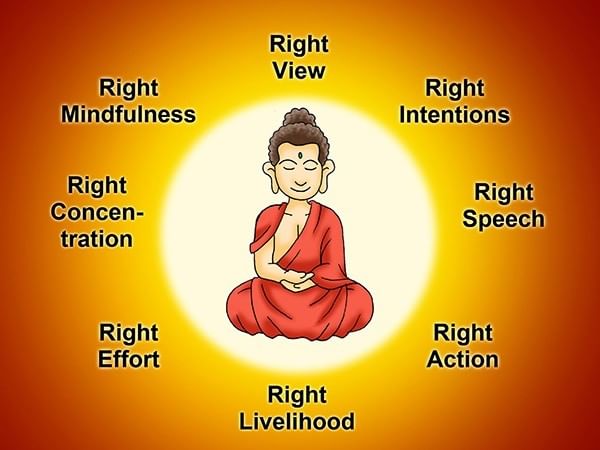
Mnemonic Explanation:
- Very: Right Vision
- Tasty: Right Thought
- Snacks: Right Speech
- Are: Right Action
- Loved: Right Livelihood
- Especially: Right Effort
- Masala: Right Mindfulness
- Chai: Right Concentration
2. Four Noble Truths
Mnemonic: Some Cats Eat Pizza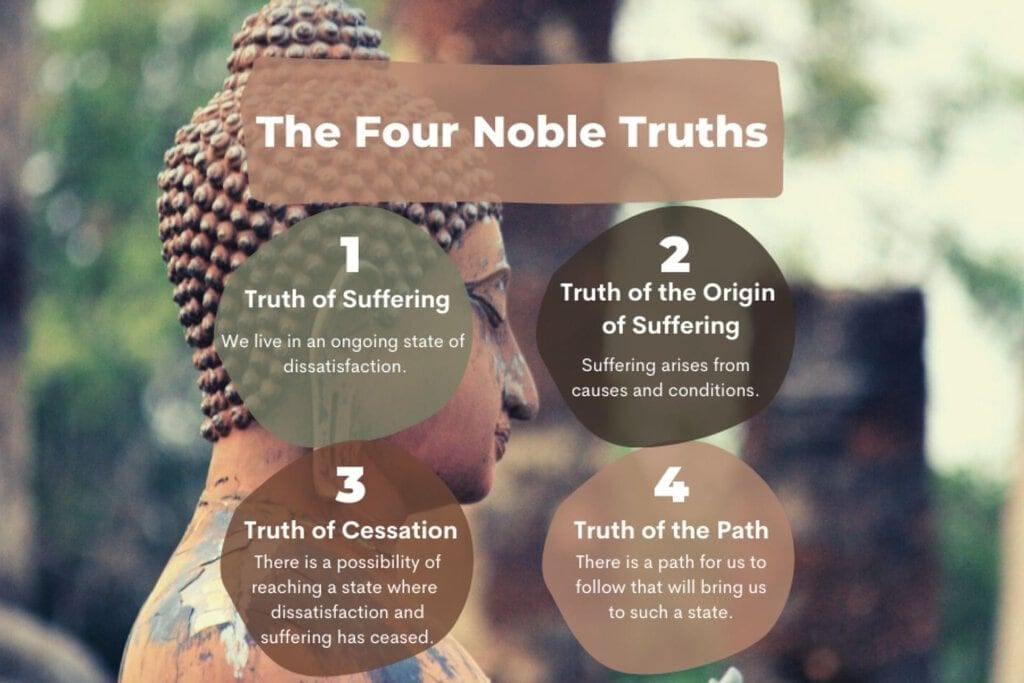
Mnemonic Explanation:
- Some: Suffering (Dukha)
- Cats: Cause of Suffering (Samudaya)
- Eat: End of Suffering (Nirodha)
- Pizza: Path to the End of Suffering (Ashtangika-Marga)
3. Sects of Buddhism
Mnemonic: Happy Tigers Make Victory Zones
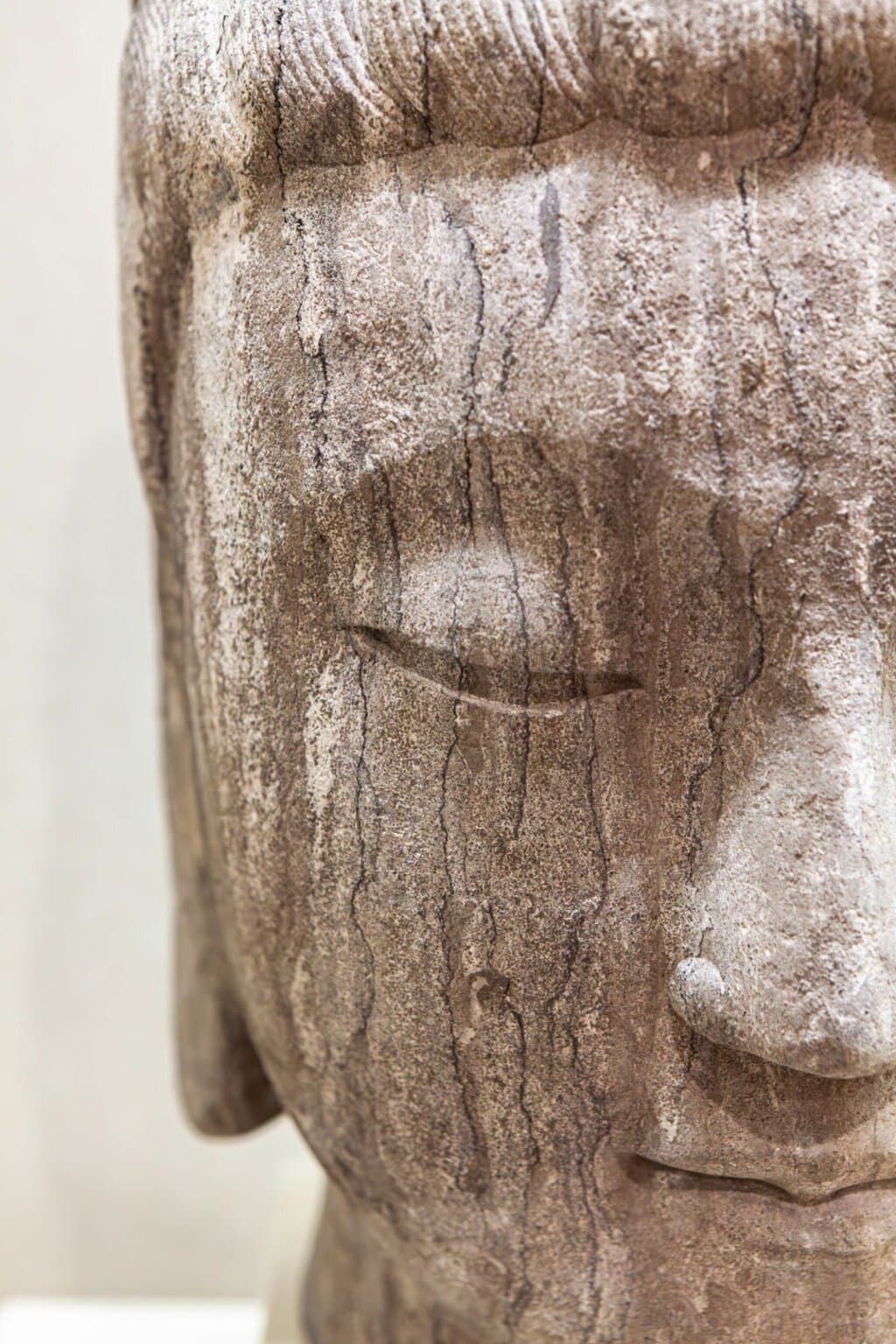 Mnemonic Explanation:
Mnemonic Explanation:
- Happy: Hinayana (Lesser Vehicle)
- Tigers: Theravada (Teaching of the Elders)
- Make: Mahayana (Great Vehicle)
- Victory: Vajrayana (Diamond Vehicle)
- Zones: Zen (Chan)
4. Canonical Texts
Mnemonic: Sun Very Awesome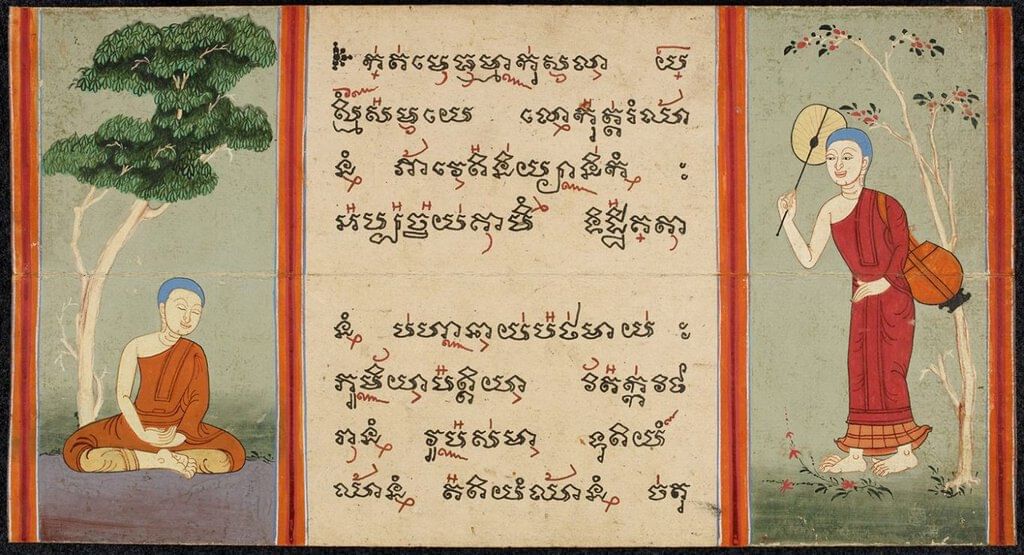
Mnemonic Explanation:
- Sun: Sutta Pitaka
- Very: Vinay Pitaka
- Awesome: Abhidhamma Pitaka
4. Non- Canonical Texts
Mnemonic: My New Dog Very Much Naughty
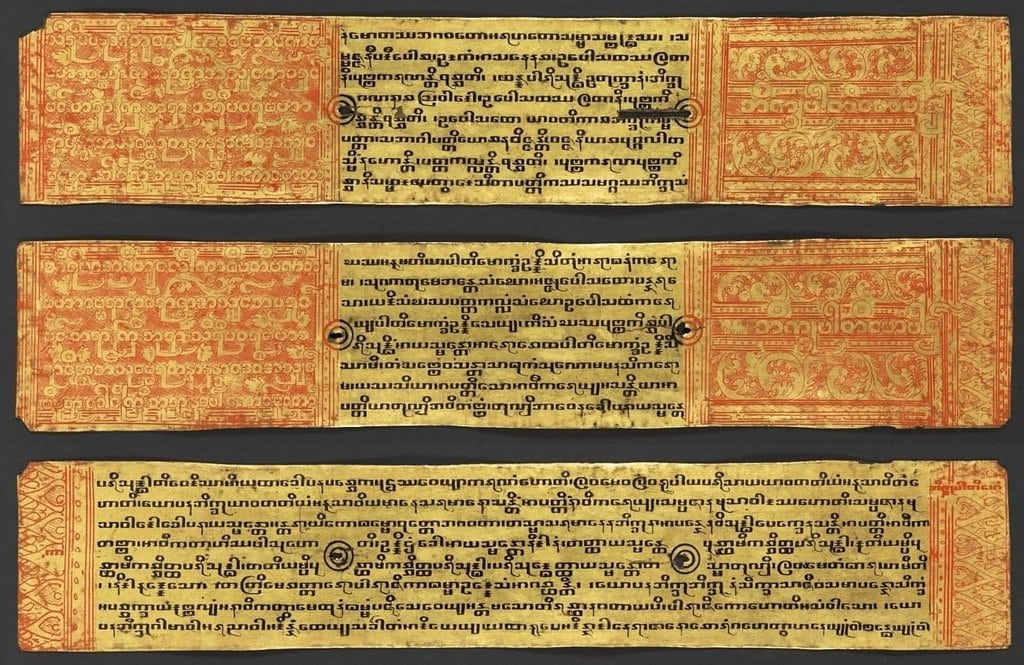
Mnemonic Explanation:
- My: Mahavastu (written in Sanskrit-Prakrit mixed)
- New: Nidanakatha (the first connected life story of Buddha)
- Dog: Dipavamsa (Historical and mythical accounts of Buddha’s life, councils, and Asoka's role)
- Very: Visuddhimagga (Path to purification and enlightenment)
- Much: Milindapanho (Dialogue between King Milinda and the monk Nagasena on philosophical issues)
- Naughty: Nettipakarana (The book of guidance, a connected account of Buddha’s teachings)
The document Mnemonics: Buddhism and Jainism | History for UPSC CSE is a part of the UPSC Course History for UPSC CSE.
All you need of UPSC at this link: UPSC
|
216 videos|855 docs|219 tests
|
FAQs on Mnemonics: Buddhism and Jainism - History for UPSC CSE
| 1. What are the Four Noble Truths in Buddhism? |  |
Ans. The Four Noble Truths are the foundation of Buddhist teachings. They are:
1. The truth of suffering (Dukkha) – Life is filled with suffering and dissatisfaction.
2. The truth of the cause of suffering (Samudaya) – Suffering is caused by craving and attachment.
3. The truth of the cessation of suffering (Nirodha) – It is possible to end suffering by overcoming craving.
4. The truth of the path to the cessation of suffering (Magga) – The Eight-Fold Path offers a way to achieve this cessation.
| 2. What is the Eight-Fold Path in Buddhism? |  |
Ans. The Eight-Fold Path is a guide to ethical and mental development with the goal of freeing individuals from attachments and delusions; it leads to understanding, and eventually to Nirvana. The eight components are:
1. Right Understanding
2. Right Intent
3. Right Speech
4. Right Action
5. Right Livelihood
6. Right Effort
7. Right Mindfulness
8. Right Concentration.
| 3. What are the main sects of Buddhism? |  |
Ans. The main sects of Buddhism are Theravada, Mahayana, and Vajrayana.
- Theravada is considered the oldest form, focusing on the Pali Canon and individual enlightenment.
- Mahayana includes various schools such as Zen and Pure Land, emphasizing the role of bodhisattvas and collective salvation.
- Vajrayana, often associated with Tibetan Buddhism, incorporates rituals and esoteric practices.
| 4. What are the canonical texts of Buddhism? |  |
Ans. The canonical texts of Buddhism vary by tradition. In Theravada Buddhism, the Pali Canon (Tipitaka) is the primary scripture, consisting of three "baskets": the Vinaya Pitaka (monastic rules), the Sutta Pitaka (Buddha's discourses), and the Abhidhamma Pitaka (philosophical and doctrinal analysis). Mahayana Buddhism has additional texts, such as the Mahayana Sutras, which include the Heart Sutra and the Lotus Sutra.
| 5. What are some non-canonical texts in Buddhism? |  |
Ans. Non-canonical texts in Buddhism are writings that do not form part of the official scriptures but are still influential. They include commentaries, philosophical treatises, and historical accounts. Examples include the writings of various Buddhist philosophers like Nagarjuna, the Dhammapada commentary, and the works of contemporary Buddhist teachers that provide insights into Buddhist practice and ethics.
Related Searches




















